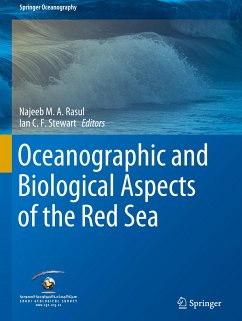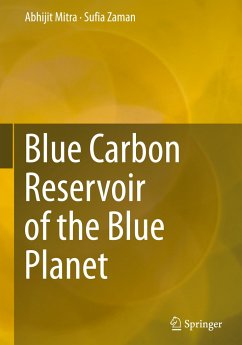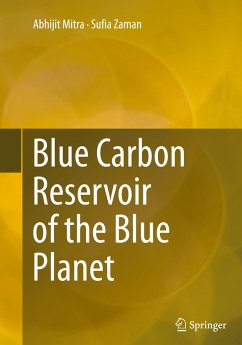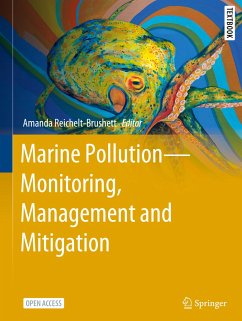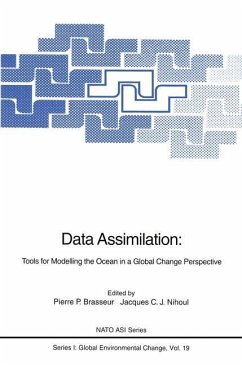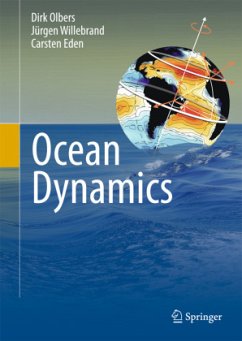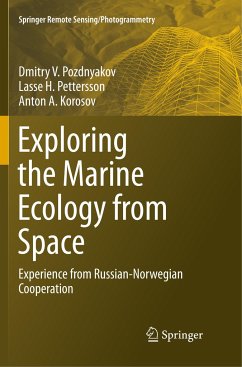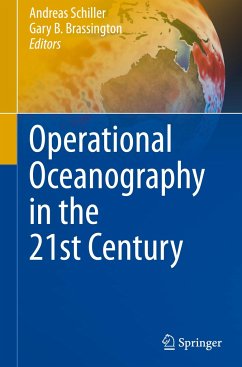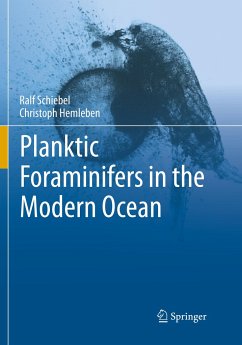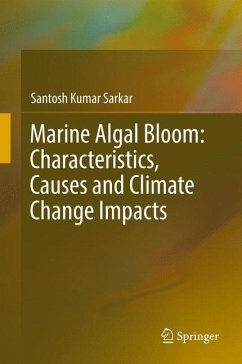
Oceanography Challenges to Future Earth
Human and Natural Impacts on our Seas
Herausgegeben: Komatsu, Teruhisa; Ceccaldi, Hubert-Jean; Yoshida, Jiro; Prouzet, Patrick; Henocque, Yves

PAYBACK Punkte
0 °P sammeln!
This book documents the effects of natural hazards on coastal ecosystems in detail. The sea is an indispensable component of the Earth system, and human societies obtain many goods and services from the marine environment. Global warming threatens marine ecosystems through seawater temperature rise, acidification, sea-level rise and the increased frequency of severe storms. The repeated effects of tsunamis also have major impacts on coastal ecosystems. Increases in population and industry activities along the coast cause the degradation of coastal ecosystems through direct and indirect uses of...
This book documents the effects of natural hazards on coastal ecosystems in detail. The sea is an indispensable component of the Earth system, and human societies obtain many goods and services from the marine environment. Global warming threatens marine ecosystems through seawater temperature rise, acidification, sea-level rise and the increased frequency of severe storms. The repeated effects of tsunamis also have major impacts on coastal ecosystems. Increases in population and industry activities along the coast cause the degradation of coastal ecosystems through direct and indirect uses of the environment such as reclamation, overexploitation of bioresources, and pollution. Given these facts, we need to improve our understanding of the physical, chemical and biological mechanisms characterizing marine ecosystems, in order to better measure the effects of anthropogenic and natural impacts on the sea and its ecosystems. Equipped with a comprehensive understanding of the sea, including the effects of the main pressures on it, we will have a better idea of the future state of the sea based on several scenarios of global warming.
The 16th France-Japan Symposium on Marine Science focused on using advances in oceanography to better understand the current status of the sea from physical, chemical, biological and ecological perspectives, including fishery sciences and integrated approaches.
The 16th France-Japan Symposium on Marine Science focused on using advances in oceanography to better understand the current status of the sea from physical, chemical, biological and ecological perspectives, including fishery sciences and integrated approaches.



